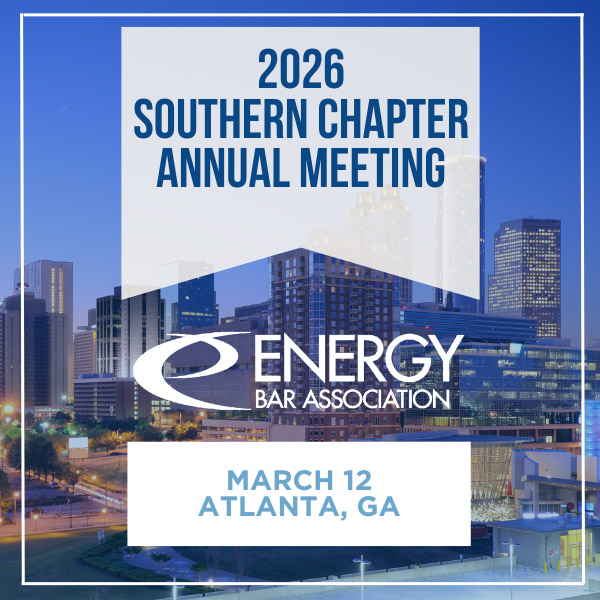FERC approved a set of wide-ranging changes to PJM’s capacity market, including setting a new reference resource, recognizing the resource adequacy contribution of reliability must-run (RMR) units and establishing an RTO-wide non-performance charge rate (ER25-682).
The rule changes came after the capacity prices spiked in the 2025/26 base residual auctions last year, due to the tightening supply and demand balance in the RTO. It also comes as the capacity auctions have been delayed so new generation can be built in time to participate.
Two major fossil fuel power plants outside of Baltimore — the 1,289-MW Brandon Shores coal plant and the 843-MW H.A. Wagner oil-fired plant — are slated to retire but have entered into RMR deals with PJM to stay open until the grid is reinforced. Both of those RMR deals are pending at FERC.
PJM proposed reflecting the resource adequacy contributions of any RMR deals in its next capacity auction for 2026/27 that is set for July 2025, and the one after that for 2027/28. They will bid $0 into the auction, effectively serving as price takers and giving the RTO more time to develop a fulsome proposal.
Brandon Shores and H.A. Wagner are the only two plants that could qualify for the temporary rule, but Brandon Shores might require an emergency order from the U.S. Department of Energy under the Federal Power Act’s Section 202 (c).
FERC found the proposal to reflect RMR units in the capacity auction just and reasonable, which includes crediting back the load paying for the RMR deal with any capacity revenues.
“We agree with PJM that taking into consideration the resource adequacy contributions of RMR resources that meet certain criteria, such that they can be reasonably expected to perform, similar to capacity resources, will reflect the actual availability of resources in the PJM region for the 2026/2027 and 2027/2028 delivery years and avoid the risk that load will pay twice for the same capacity,” the order said.
Requiring them to be price takers in the auction is in line with rules in New York and New England and will avoid customers paying for the same megawatts twice, FERC said.
Previously, PJM was set to use a combined cycle natural gas unit for the 2026/27 auction. Given the realities of the auction, that would have led to a too-steep demand curve that left the auction price too sensitive to small changes in supply and demand. Instead, the auction will be run with a curve based on a combustion turbine natural gas plant, which will help ease the rate impacts of tight market conditions while maintaining reliability.
PJM reviews such basic inputs to its capacity market every four years, but the market conditions have changed so much since 2022 moving to a combined cycle reference unit no longer makes sense for the next auctions, FERC said.
Another major change is setting up a marketwide non-performance rate because some of the local delivery areas (LDA) have market conditions with a near-zero net cost of new entry (CONE), which means the non-performance penalties also were near zero. Keeping the non-performance rates above zero everywhere will help the RTO maintain reliability in an emergency.
“We agree with PJM that its proposed uniform Non-Performance Charge rate recognizes the fact that capacity emergencies often extend beyond a single LDA, particularly given PJM’s recently revised definition of Emergency Action, which is structured such that PAIs [performance assessment intervals] are triggered across an entire Reserve Zone or Reserve Sub-zone,” FERC said.
PJM also proposed a clarification that even if resources get out of a must-offer requirement, that does not provide a defense against market power abuse, like withholding capacity. That led to protests from market participants that the change would lead to them having the burden of proving their decisions to bid into the market are legitimate.
FERC noted that it’s impossible to write rules that explicitly ban every kind of fraudulent behavior because “the methods and techniques of manipulation are limited only by the ingenuity of man.”
“PJM’s proposal accurately states that an exception or exemption does not provide a defense to potential claims of withholding, market manipulation, or the exercise of market power,” FERC said. “PJM’s proposed language does not prohibit or limit an entity from providing evidence of the facts and circumstances relevant to defending against market power claims.”



